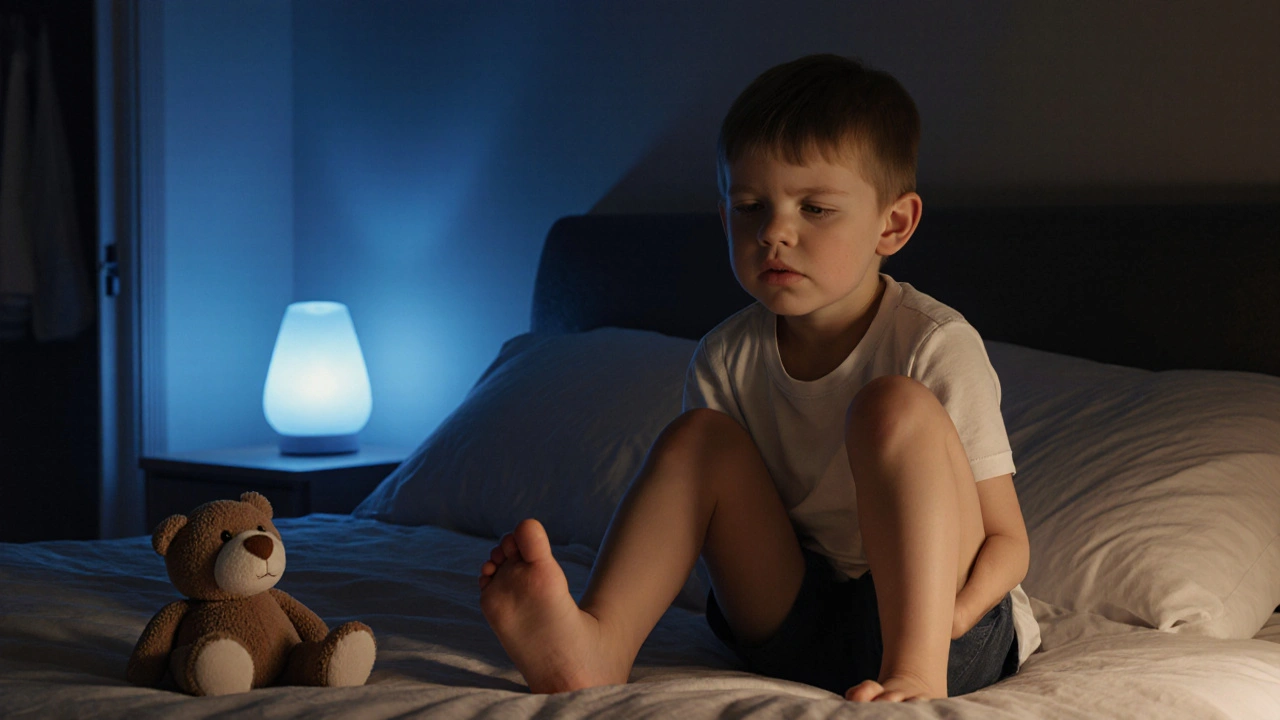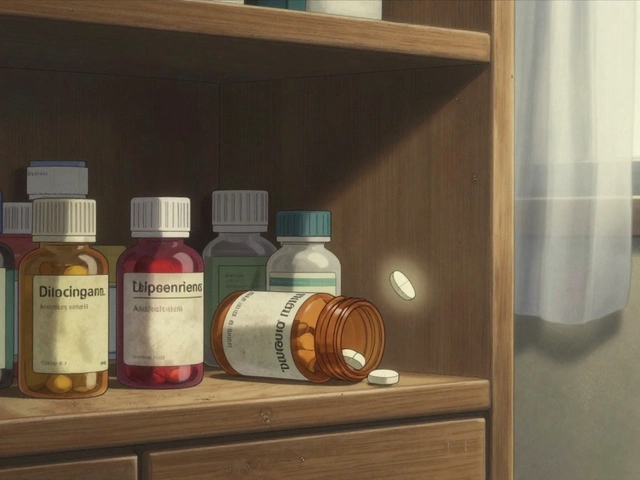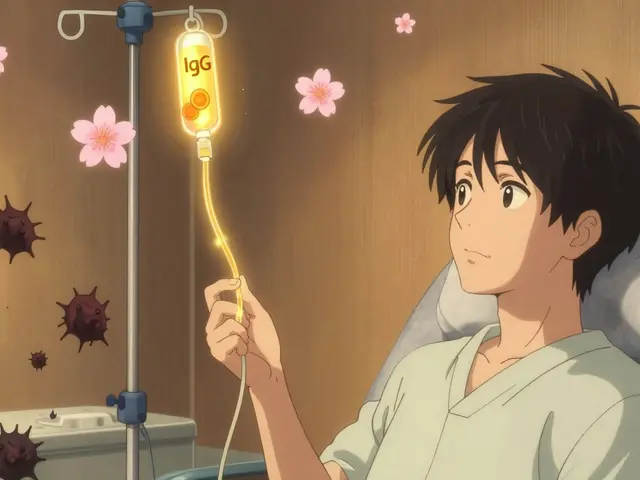Restless Leg Syndrome in Children – What Parents Need to Know
When dealing with Restless Leg Syndrome in Children, a neurological condition that causes uncomfortable sensations and an urge to move the legs, especially at night. Also known as RLS in kids, it can disrupt sleep, affect mood, and make daily activities harder. This condition often flies under the radar because kids may not describe the feeling clearly, but they might wiggle, complain of “creepy‑crawly” legs, or simply refuse to stay still in bed. Understanding the basics helps you spot the signs early and take steps before the problem spirals.
Key Factors That Influence Pediatric RLS
The first related factor is Pediatric Restless Leg Syndrome, the specific form of RLS that appears in children and adolescents. It shares the core mechanisms of adult RLS—dopamine pathway irregularities and iron metabolism issues—but it often shows up alongside growing pains or attention‑deficit traits. Studies show that up to 10 % of school‑age kids experience some RLS symptoms, and many don’t get diagnosed until a parent notices the sleep disruption. Recognizing that pediatric RLS is a distinct clinical picture lets you tailor interventions, such as adjusting activity levels after school or checking for underlying health conditions.
Another crucial piece of the puzzle is Sleep Hygiene, a set of habits that promote consistent, restorative sleep. Good sleep hygiene can blunt the intensity of RLS episodes by stabilizing the body’s circadian rhythm and reducing sensory overload. Simple changes—like keeping the bedroom cool, using a firm mattress, limiting screen time an hour before bed, and establishing a calm bedtime routine—can make a measurable difference. When you pair these habits with gentle stretching or a warm foot soak, the legs often settle faster, letting children transition into deeper sleep stages.
Finally, Iron Deficiency, low iron stores that affect dopamine production and nerve function, is one of the most common medical triggers for RLS in kids. Blood tests that show low ferritin levels often correlate with more severe symptoms. If a deficiency is found, pediatricians may recommend iron‑rich foods, a supplement regimen, or even a short course of medication. Addressing iron shortfalls not only eases leg discomfort but also supports overall growth and cognitive development.
Putting these pieces together—recognizing pediatric RLS, improving sleep hygiene, and checking iron status—creates a solid foundation for managing your child’s nighttime leg urges. Below you’ll find a curated set of articles that dive deeper into each area, from practical bedtime environment tweaks to medical treatment comparisons. Explore the guides to discover actionable steps you can start using tonight.
Restless Leg Syndrome in Kids: Signs, Causes & Treatment
Learn how to recognize, understand, and treat Restless Leg Syndrome in children, covering symptoms, causes, diagnosis, and effective home and medical solutions.






